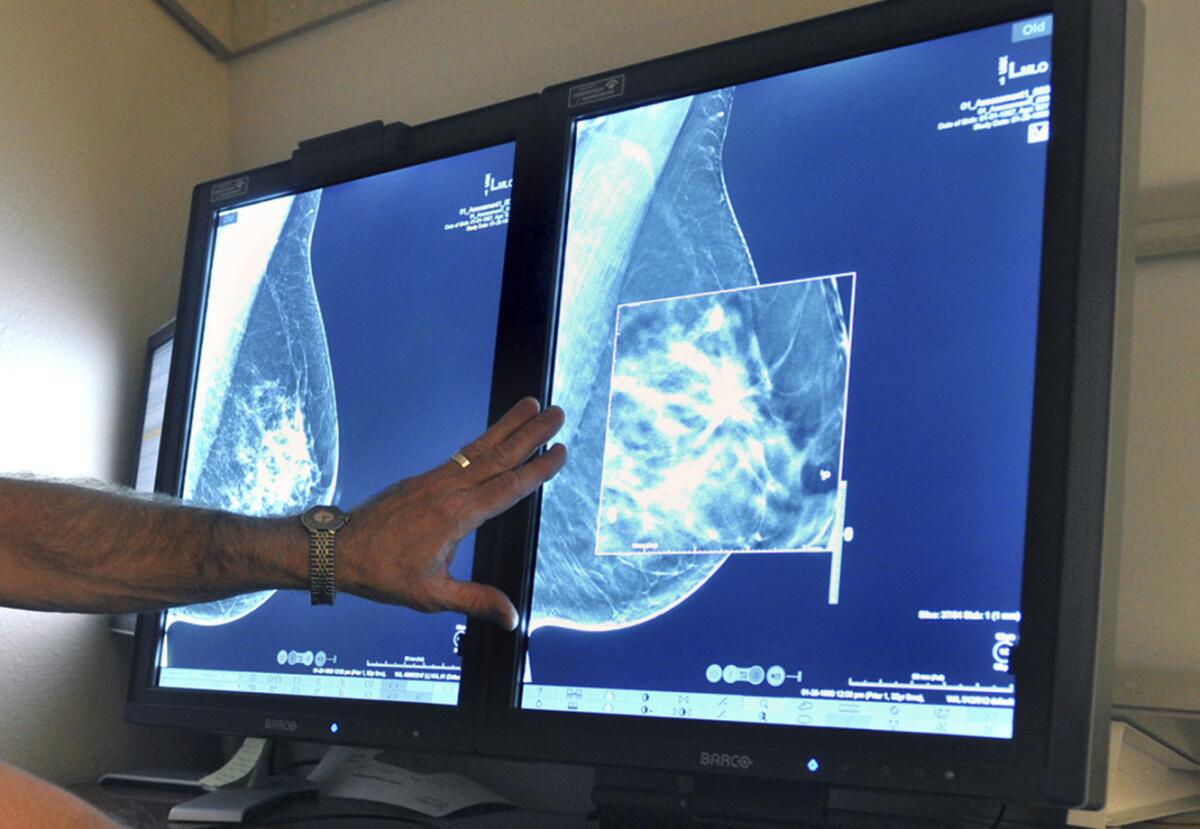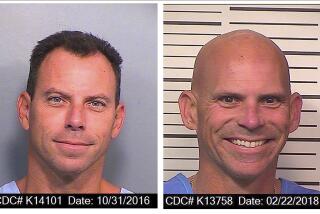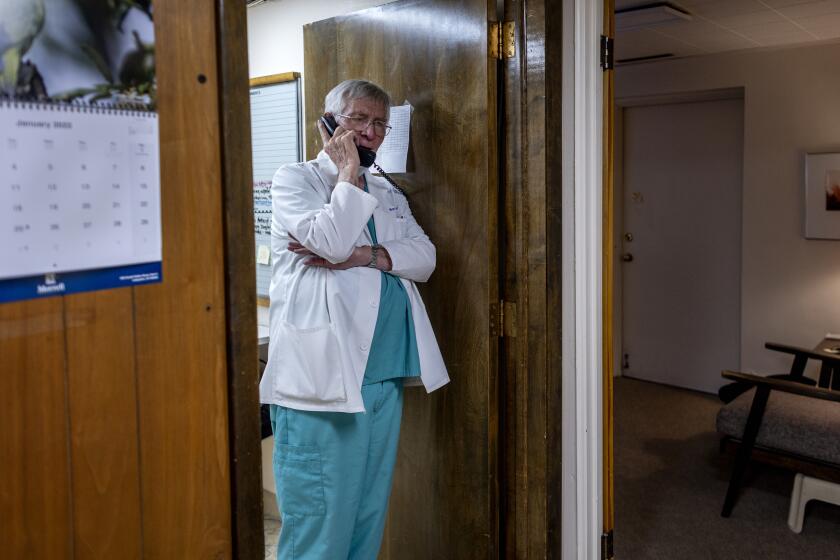Opinion: Don’t be fooled by cherry-picked data — routine mammograms save lives

To the editor: The data used by the study authors to show that breast cancer incidence is not increasing were a short, exceptionally flat area of the curve and not representative of the trend when the data are viewed over a longer period. The true picture of breast cancer incidence is based on four decades of data from a national database. (“Majority of women diagnosed with breast cancer after screening mammograms get unnecessary treatment, study finds,” Oct. 12)
The authors instead “cherry-picked” a few years of the flattened part of the breast cancer incidence curve from the mid-1970s to make their calculations. When the correct breast cancer incidence is used, the paper actually confirms the benefits of mammography screening.
Annual screening mammography beginning at age 40 has been proved to decrease the chances of suffering and dying from breast cancer. The only ones to benefit from this misleading data manipulation are insurers and health systems, not the individuals they serve.
Rebecca Zuurbier, MD, Lebanon, N.H.
The writer is director of breast imaging at the Dartmouth-Hitchcock Medical Center.
Follow the Opinion section on Twitter @latimesopinion and Facebook
More to Read
A cure for the common opinion
Get thought-provoking perspectives with our weekly newsletter.
You may occasionally receive promotional content from the Los Angeles Times.










